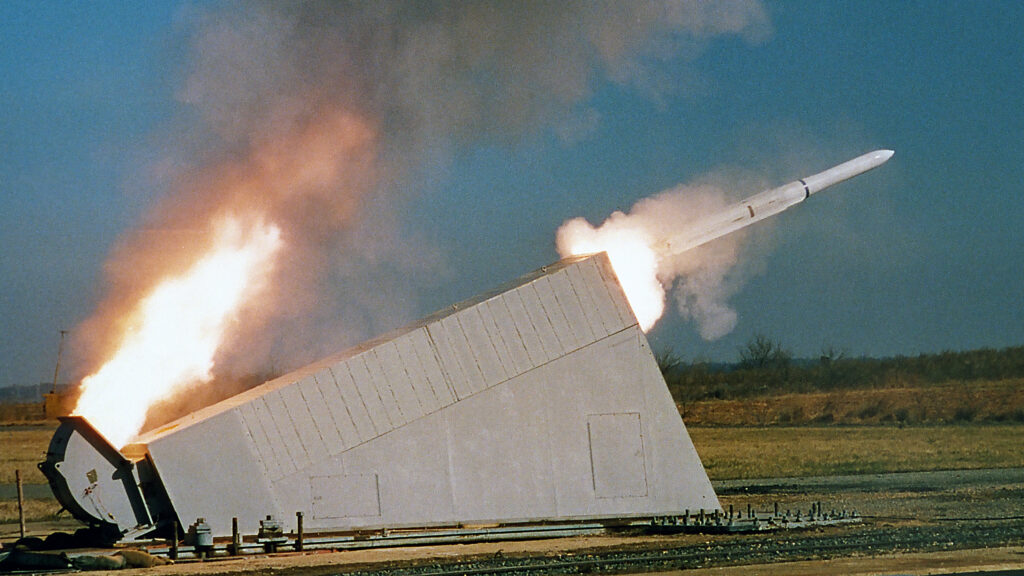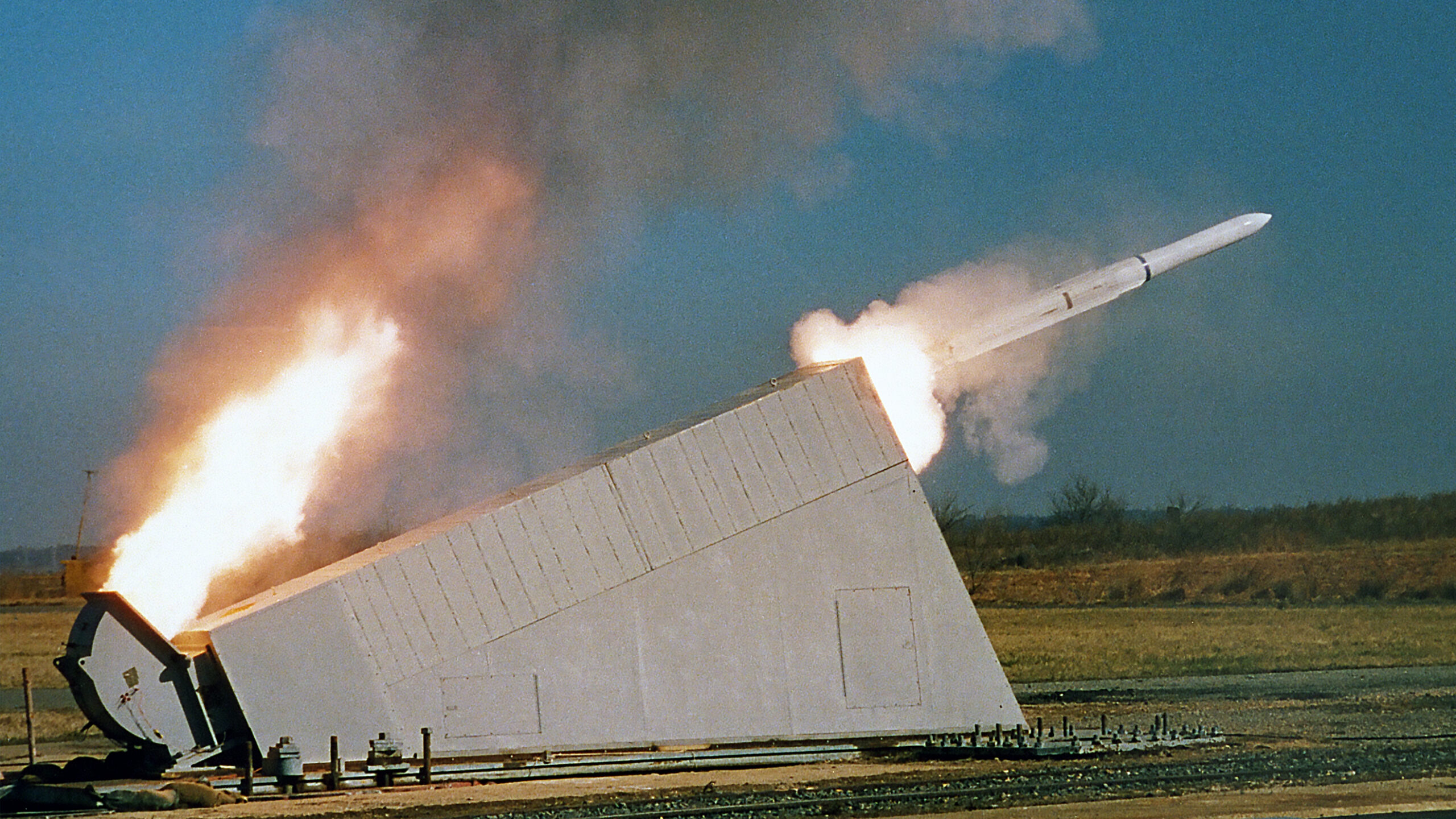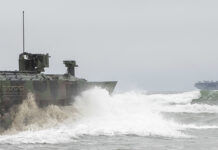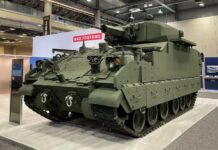BAE Systems has been awarded a USD 37 M (EUR 33.73 M) US Department of Defense Ordnance Technology Consortium (DOTC) contract to design the Next Generation Evolved SeaSparrow Missile Launch System (NGELS), the company announced on 6 July 2023.
The company will support the NATO SeaSparrow Program Office (NSPO) to design and deliver prototype deck launching systems to support the US and allied navies with the Evolved SeaSparrow Missile (ESSM) ship self-defence system.

NGELS is a deck-mounted, fixed-angle launcher that leverages BAE Systems’ Adaptable Deck Launcher (ADL) concept to store and launch ESSMs from Mk 25 missile canisters, which are also produced by BAE Systems. Easily integrated into large deck platforms, NGELS will support the fielding of the latest and most highly capable ESSM missile, the Block 2 variant, which is a multi-role surface-to-air and surface-to-surface missile capable of protecting aircraft carriers and other flat-decked ships against advanced air and surface threats. NGELS will use proven Mk 41 Vertical Launching System subsystems to deliver surface-to-air and surface-to-surface defence capabilities to aircraft carriers and amphibious ships in order to defeat missile threats.
“We have a long history of providing missile integration, launching systems, and canister design to the US Navy,” Brent Butcher, vice president of the weapon systems product line at BAE Systems, was quoted as saying in a company press release. “NGELS leverages the expertise of our workforce to provide a ready-to-deploy system that enhances mission effectiveness and enables reliable ship defence for the US Navy. We look forward to working with our customers to bring this enhanced capability to the fleet and introducing it to international users.”
Peter Felstead












